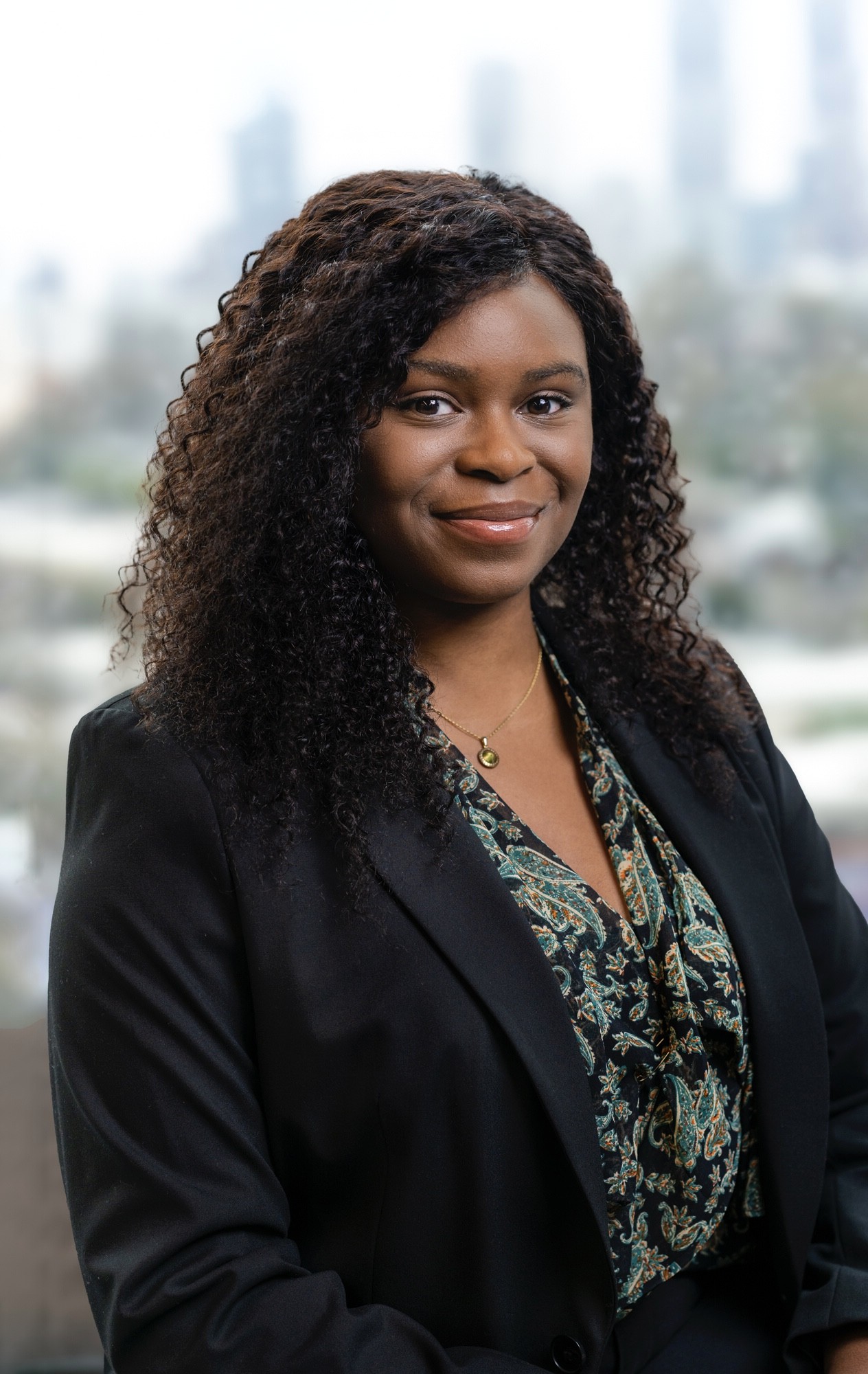How Cambridge Reminds Me of Cambridge
- Folu Ogunyeye

- Oct 1
- 4 min read
The similarities between Cambridge, MA and Cambridge, UK run deeper than in name.
As one of the lucky winners of the HBS housing lottery, I have the pleasure of living on campus in my RC year. Yet after just four weeks into the sweet campus life, I’ve found myself longing for the exhilarating thrill of heading into the no man’s land of the big, wide world across the river. As a result, I’ve been seeking out activities in Cambridge for any excuse to leave the HBS bubble in the evenings. The concept of seeking refuge in Cambridge is somewhat ironic to me, given that I attended the University of Cambridge (the original one) for my undergraduate studies, which was known among students to very much be its own intense bubble from which to escape.
In my trips across the river, I’ve been observing the parallels between old and new Cambridge. It turns out the two Cambridges are similar not only in name, but also in atmosphere. Both are brimming with students and tourists, with countless combinations of emblem-branded swag for sale around every corner. Both have unique histories of innovation and fostering the world’s leaders. And for some strange reason, the UK staple chains of Caffè Nero and Primark can be found on both sides of the pond. How can I ever feel homesick when I know that I’m a stone’s throw and a few T stops away from the familiar comfort of fast fashion bargains?
One of my forays led me to the “Harvard Student After Hours,” hosted by the Harvard Art Museums right across from Harvard Square. The price of entry was to simply show my Harvard ID at the door, which unlocked access to five floors of the museum, accompanied by refreshments and a live DJ. Since this event took place shortly after the arrival of the Harvard undergraduate students, I must admit that the atmosphere was akin to a middle school dance. Leaving the young’uns to mingle in the lobby, I made my way through the floors and delved into the artwork on display.

Harvard Art Museums boast an impressive and expansive collection of artwork covering regions around the world and across centuries, going back as far as the Roman Empire. Yet as I scanned through each of the five floors, it wasn’t the Van Gogh self-portrait or the Monet landscape that stopped me in my tracks. It was a small, soccer ball-sized sculpture of a head that I immediately recognized as a Benin Bronze. Benin Bronzes are one of the most notable pieces of artwork from present-day Nigeria and were carved by expert Edo sculptors for the royal court of the Kingdom of Benin between the 15th and 19th centuries. The Bronzes have become modern symbols of the legacies of colonial plundering and debates surrounding repatriation and decolonial justice, as thousands of the sculptures were stolen by the British Empire and given to various European institutions and families, where they remain to this day.
Despite being Nigerian-British, I did not learn about Benin Bronzes until my studies at Cambridge. I joined the university at a time when there was an ongoing student campaign to return a Benin Bronze Cockerel, which was once on display in the dining hall of Jesus College. This campaign was a success, with Jesus College confirming plans to return the Bronze Cockerel in 2019 and thus becoming the first institution in the world to decide to return a Benin Bronze to Nigeria. This landmark decision paved the way for other institutions to follow suit, with announcements of plans for repatriation from the Horniman Museum in 2024, the Dutch Museums in 2025, and the Museum of Fine Arts in Boston earlier this year.
Encountering the bronze sculpture at the Harvard Art Museums made it clear to me that the parallels between both Cambridges run deeper than surface level features. As institutions that both have historical links to the British Empire, there are unavoidable injustices that form the foundation of their prestige and wealth. Where Harvard and Cambridge seem to diverge is in the way that they do or do not seek to reconcile these questions of decolonization and justice. While Jesus College responded to student pressures and has made formal plans to return their collection of Benin Bronzes to Nigeria, Harvard has not shared any intentions of doing so. Instead, the Harvard Art Museums provide an acknowledgement of “the violence and trauma” and “continued injustice” surrounding their possession of the Bronzes, as well as participation in the Digital Benin project, an international digital archive that provides public access to online information about the Benin Bronzes and their global whereabouts.
Clearly my evening of escape from the HBS bubble took a different turn from what I had expected, but in a weird way, I still achieved my goal. I escaped the bubble by being reminded of the broader historical and sociopolitical context in which Harvard exists, leaving me with one question: will Harvard follow the footsteps of Cambridge and return its Benin Bronze collection to where it belongs, or is this where the similarities between the two Cambridges end?

Folu Ogunyeye (MBA ‘27) grew up in Milton Keynes in the UK. She graduated from the University of Cambridge with a degree in Human, Social and Political Sciences. Prior to HBS, Folu worked in HR at BlackRock in Atlanta and in social impact consulting in New York and London. Beyond work, Folu loves to write, explore art galleries or catch a live jazz gig.














Comments